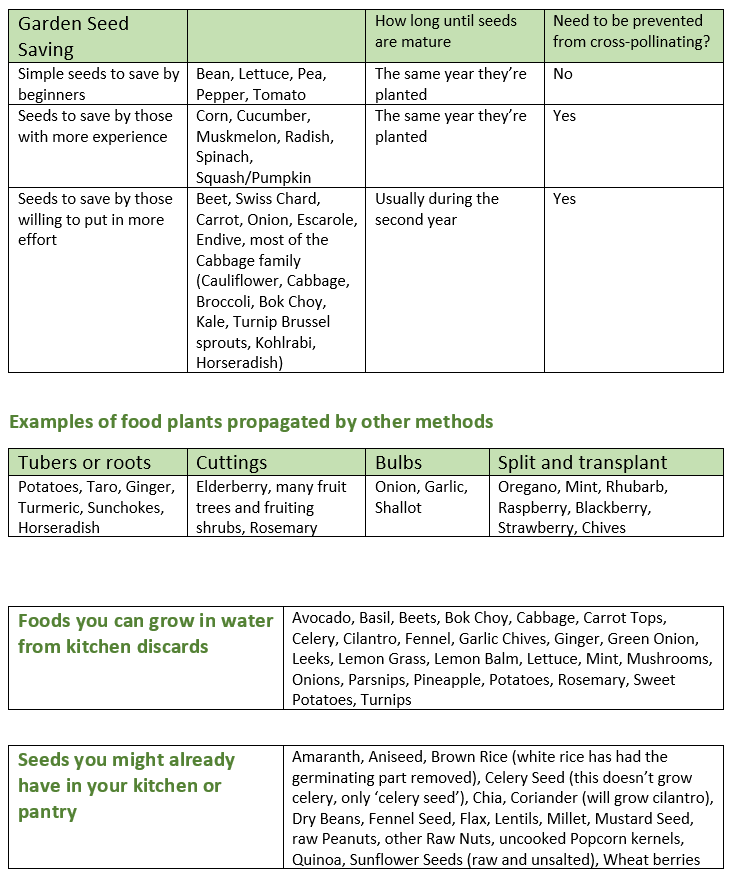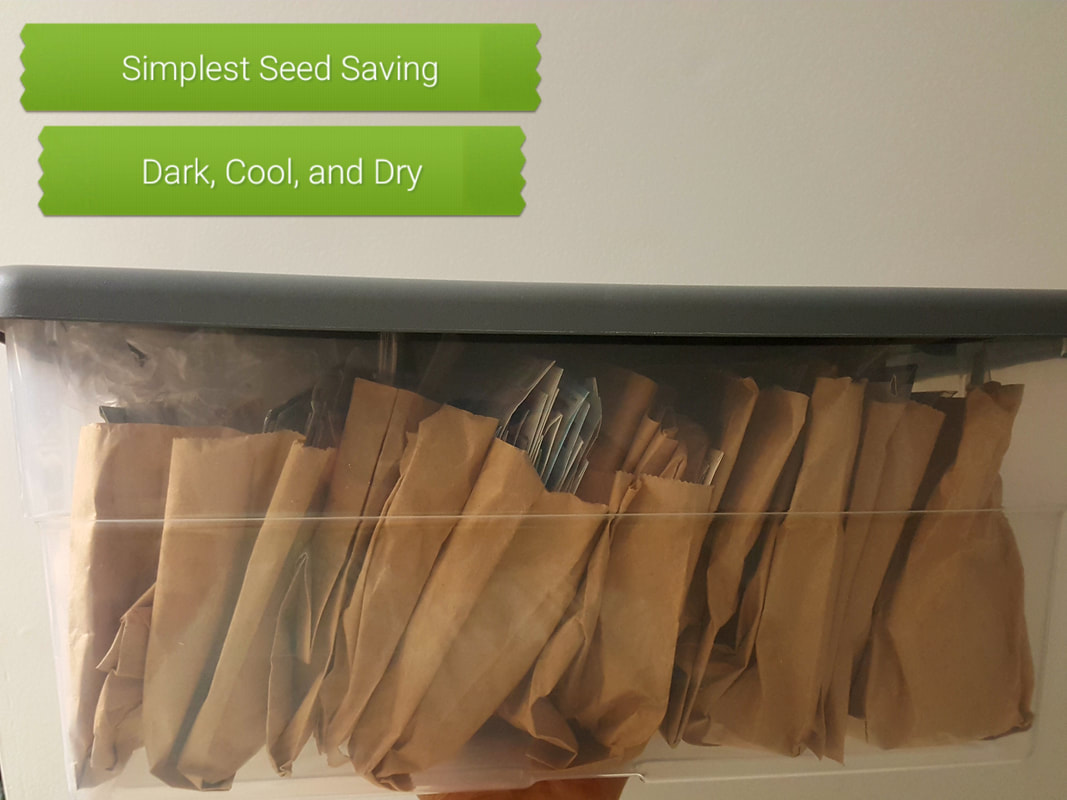
Another reason to seed save is it helps create plants that are adapted to your garden and climate. That’s how we get ‘heirloom’ varieties. The best plants are developed by saving seeds from individual plants that have traits you want. Over the years, a better strain will be developed.
Traditionally, it’s been considered too cold in Siberia to grow watermelons. Dima in Novosibirsk (NO-vo-see-BEERSK), Siberia, planted them anyway. After a few years, one tiny tennis-ball sized melon matured. It held two seeds. He saved those and planted them the next year. This time, more watermelons matured. He saved seeds from the largest of them, planting them the next spring. After ten years, he was consistently getting kilo-sized mature watermelons. We got early-producing, cold-tolerant tomatoes from Siberia in the same way. Plants in other places are selected to produce well despite heat, drought, or particular diseases.
There’s a huge advantage to the agricultural diversity created by individuals selectively saving seeds- eventually, pests and disease hit individual varieties. If we are relying almost completely on just a handful of varieties, results can be catastrophic. There’s a potato blight that caused the Irish Potato Famine in the mid 1800s. In the early 1900s, the boll weevil destroyed most of the cotton crop for decades in the southern United States. Having a big diversity of location-specific varieties provides botanists great resources to find disease-resistant varieties.
Some seeds are simpler than others to save properly. Tomato seeds are in this category- put the jelly and seeds in a jar with a little water. Set it someplace warm for about three days, until it starts to ferment. The fungus that grows in it is a good thing- it breaks down a slippery coating on the seeds that prevent good germination, and the fungus produces helpful bacteria that help prevent some diseases when the seed becomes a plant. Rinse and drain the seeds, keeping the ones that sink. Spread on a clean cloth to dry, then store in a labeled plastic bag. When they’re totally dry, store in a paper packet or plastic bag. Label.
If you want to learn more, where do you start? There are some great resources below.
Where else do you go to learn? The same as you do for producing food. You don’t have to be good at it to start, just willing to learn. Find a mentor- a neighbor who knows more about it than you do. Grow a sisterhood of women who “gather and work harmoniously together in ways that bring about … goodness” and use the fruits of their labors to bless their community.
----------------
Resources:
►Local growers and co-ops
►Your local/county/state/national Extension Office; here's one for Utah; all states have one, as well as many countries across the world. https://extension.usu.edu/yardandgarden/
►www.seedsavers.org/mission
►www.seedsave.org
►Seed Saving instruction booklet, on Kindle, $5, by Bill McDorman
https://www.amazon.com/Basic-Seed-Saving-instructions-wildflowers-ebook/dp/B01A83JYB4
Growing a garden without buying packets of garden seeds:
►https://dontwastethecrumbs.com/regrow-food-water/
►Start thinking GARDEN! - The Provident Homemaker
►More seeds from your kitchen - The Provident Homemaker

 RSS Feed
RSS Feed